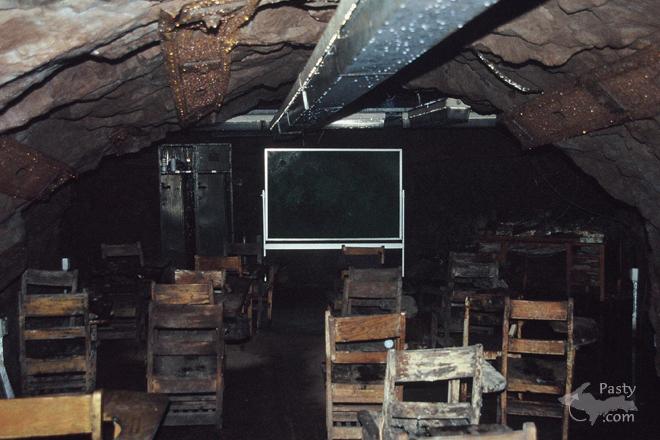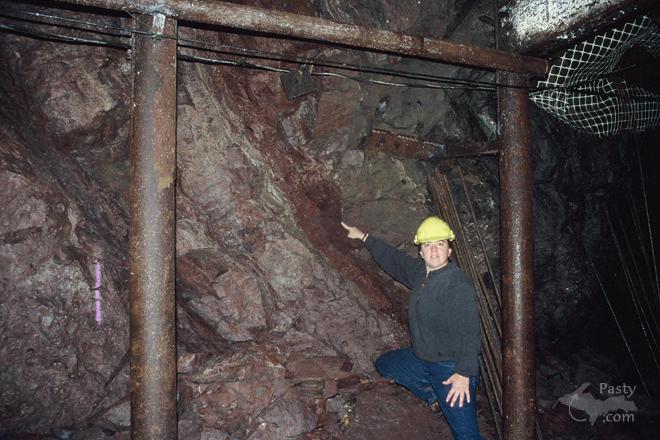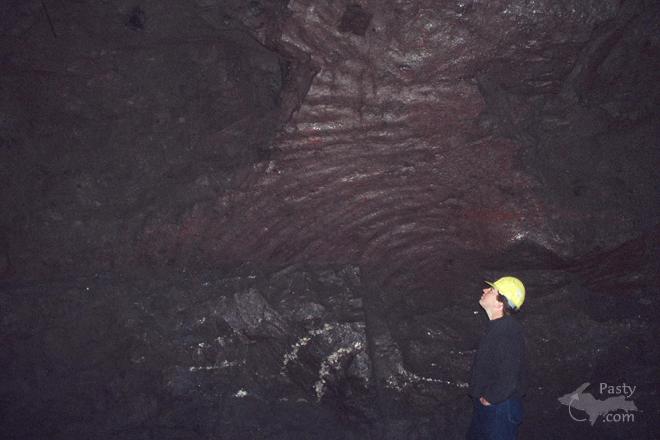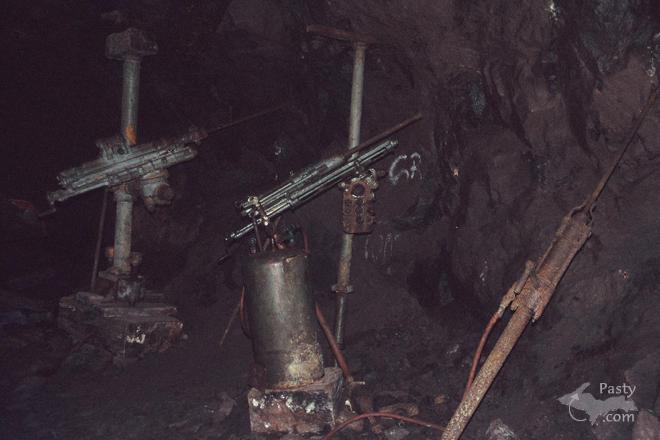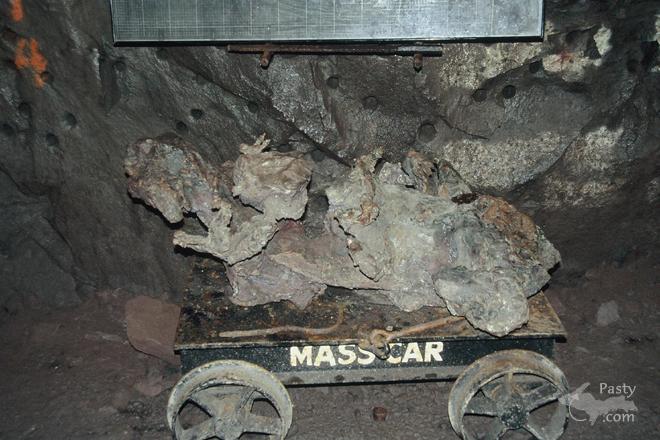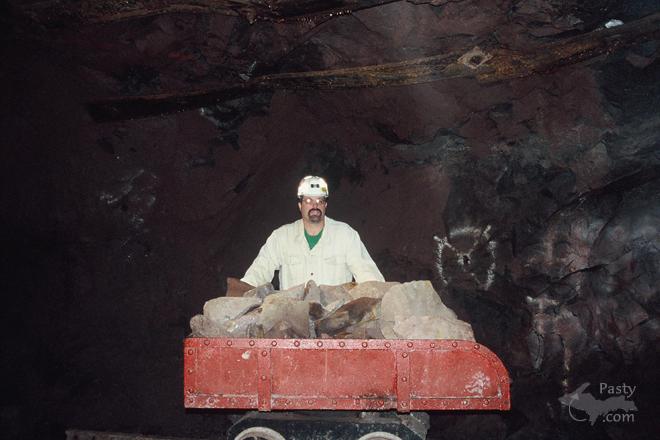Air blast is a common term used by miners as there is a tremendous blast of air accompanied by them, but the official term is "rock burst".
Some have described a series of rock bursts that happened in the early 1900's as earthquakes. Indeed, it probably felt as strong as an earthquake to some who had experienced them. Below is an excerpt from the USGS about the events that took place:
Quote:A series of unusual occurrences in the Keweenaw Peninsula mining area form a significant part of the seismic history of Michigan. The first disturbance was on July 26, 1905 at about 6:20 in the evening. At Calumet there occurred what appeared to be a terrific explosion. Chimneys fell with a crash and plate glass windows were broken (intensity VII). The explosion was heard far down in a mine and the shock was felt all over the Keweenaw Peninsula area and as far away as Marquette, about 70 miles southeast across Lake Superior. Ten months later, on May 26, 1906, a similar phenomenon occurred. Train rails were twisted, and there was a notable sinking of the earth above the Atlantic mine. The disturbance was reported felt over an area about 30 to 40 miles in diameter. Another shock occurred in the same region on January 22, 1909. A rumbling tremor was felt around Houghton and was believed to be caused by the crushing of pillars in a mine.

